Monsoon Terror: Kathmandu sees an Increase in Snakebites! (Video Report)
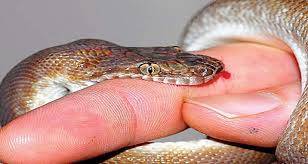
With monsoon arrives the deluge, floods, landslides and now the snakes! Kathmandu valley and the area around have been seeing increasing cases of snakebites, almost eighty percentages of which occur in monsoon when the snakes are forced out of their inundated burrows.
As per the data provided by Teku’s Shukraraj Tropical and Infectious Disease Hospital, the only hospital in the valley dealing with snake bites, out of 319 cases in this Fiscal Year, a whopping 294 have surfaced between the rainy months of Asar and Ashoj.
One of such cases is of Gopini Dangal, a 54-year old patient, who was brought to the hospital earlier this week after being bitten by a Viper while cutting grass near her home in Sankhu, north-east of Kathmandu. Danga, who arrived with a swollen leg, is currently taking Vitamin K and recovering quite well.
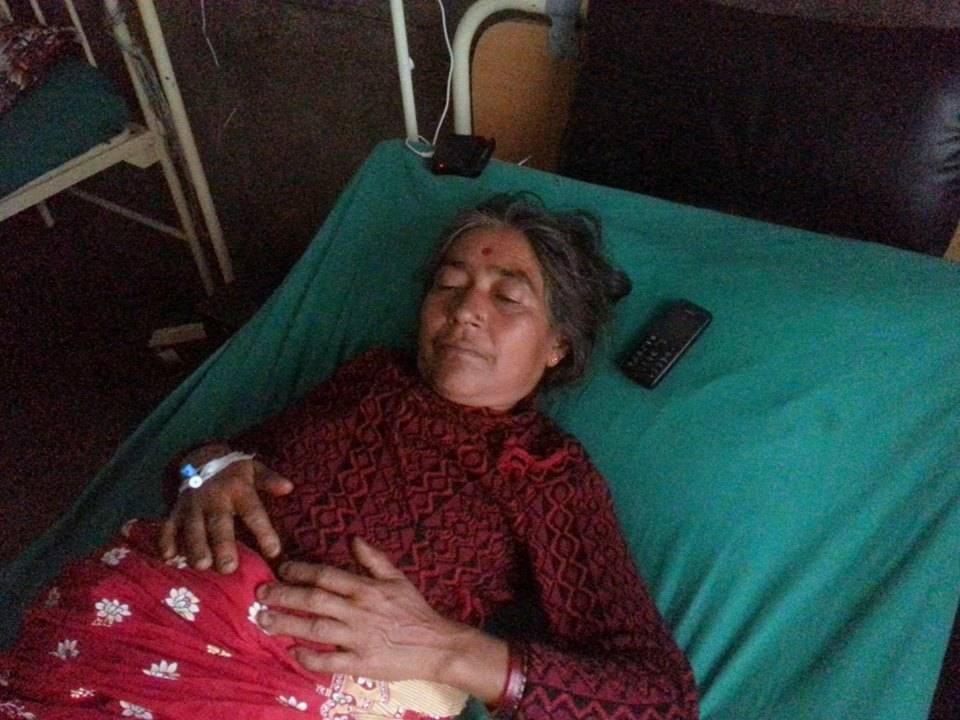 Gopini Dangal, 53, at Teku’s Shukraraj Tropical and Infectious Disease Hospital after being bitten by Viper last week.
Gopini Dangal, 53, at Teku’s Shukraraj Tropical and Infectious Disease Hospital after being bitten by Viper last week.
 Increase in Valley’s Snakes
Increase in Valley’s Snakes
Out of the recorded 89 species in Nepal, only 17 are known to be venomous. Even though snakes are found across the country, it is more common and deadlier in tropical and subtropical regions of Terai. Naturally snakebites have been a rare event in Kathmandu and hence the surge in the recent years is quite alarming. Dr. Sher Bahadur Pun, Coordinator at Clinical Research Unit in the hospital, points towards global warming and the resulting surge in temperature for this phenomenon.
 ’ 70-80% cases are seen in the month of Asar and Shrawan’-Dr. Sher Bahadur Pun, Coordinator at Clinical Research Unit in the hospital
’ 70-80% cases are seen in the month of Asar and Shrawan’-Dr. Sher Bahadur Pun, Coordinator at Clinical Research Unit in the hospital
 Prevention
Prevention
Even though the valley has seen a rise in snakebites, no fatal cases have been recorded as of yet. However, according to Dr. Pun, common misconceptions regarding snakebites as well as ignorance and carelessness have proven to be lethal in many cases.
To avoid this, he advised people on helping victims calm down and providing them with proper first aid care. The first aid care would include immobilizing the bitten part and covering the wound with sterilized bandage. Moreover, it is also important to take precaution by having knowledge on the different types of venomous snakes and their biting habits like the Krait snakes which usually bite people sleeping on the floor at night. People can avoid this by sleeping above ground. Apart from that, clearing bushes around the dwelling places and using mosquito nets have also found to be helpful in many cases.
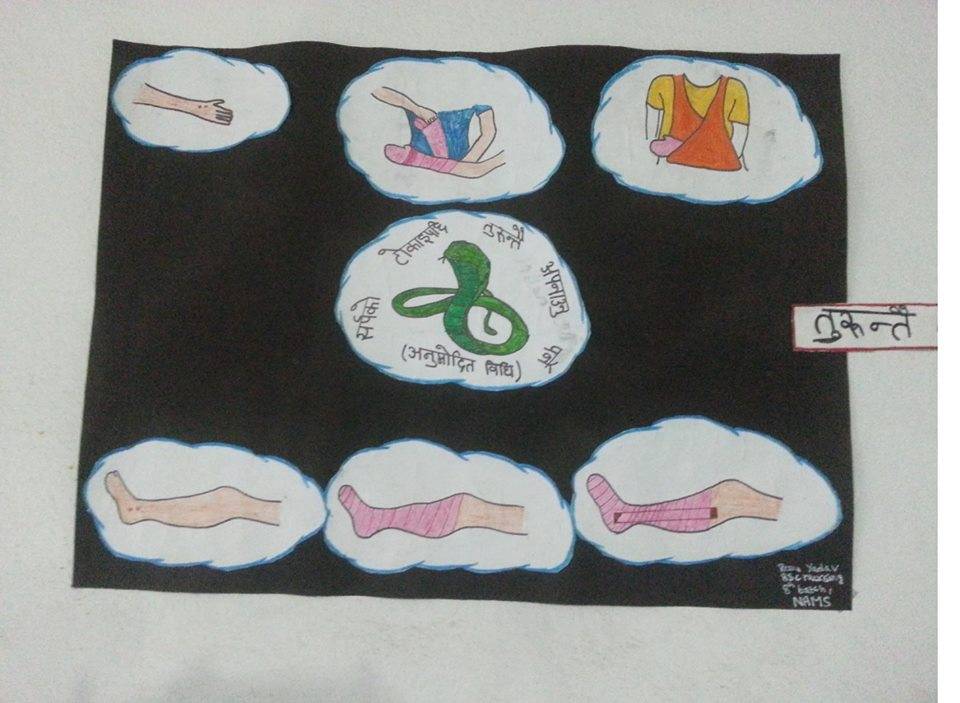
The hospital lobby with a picture containing basic first aid cares for snakebite
‘A Report prepared by Sadikchya Singh, Sandip BK and Shambhu Dangal as part of the workshop conducted by IIJB (International Institute of Journalism Berlin) on ‘Quality Content in Online Journalism’


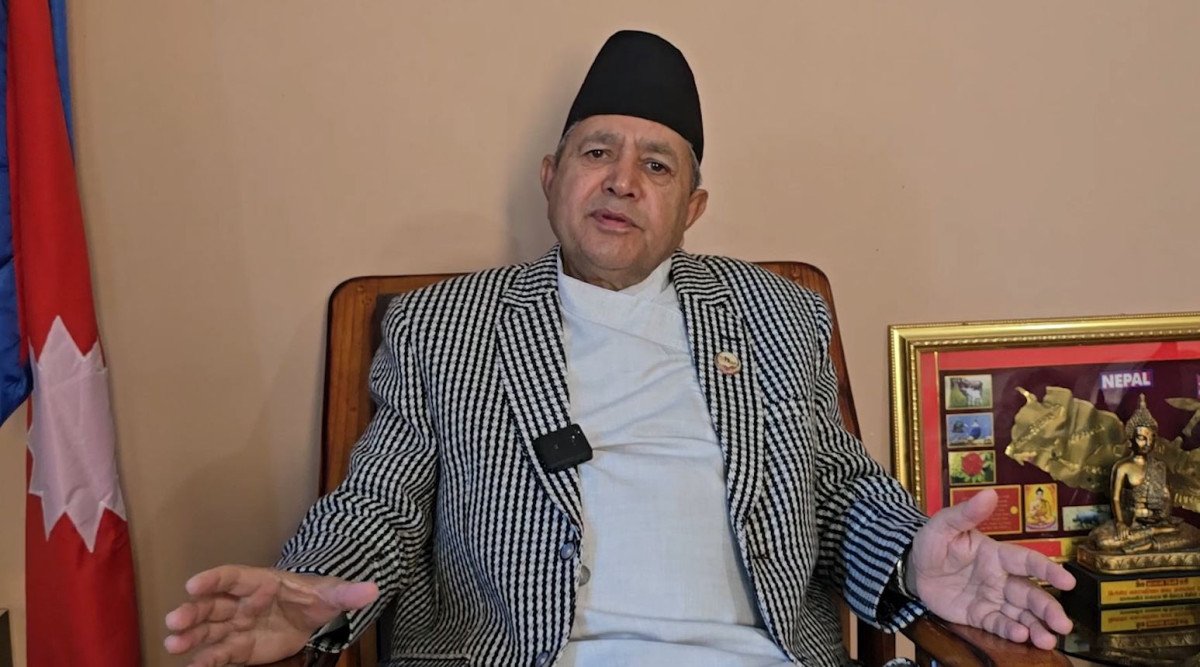


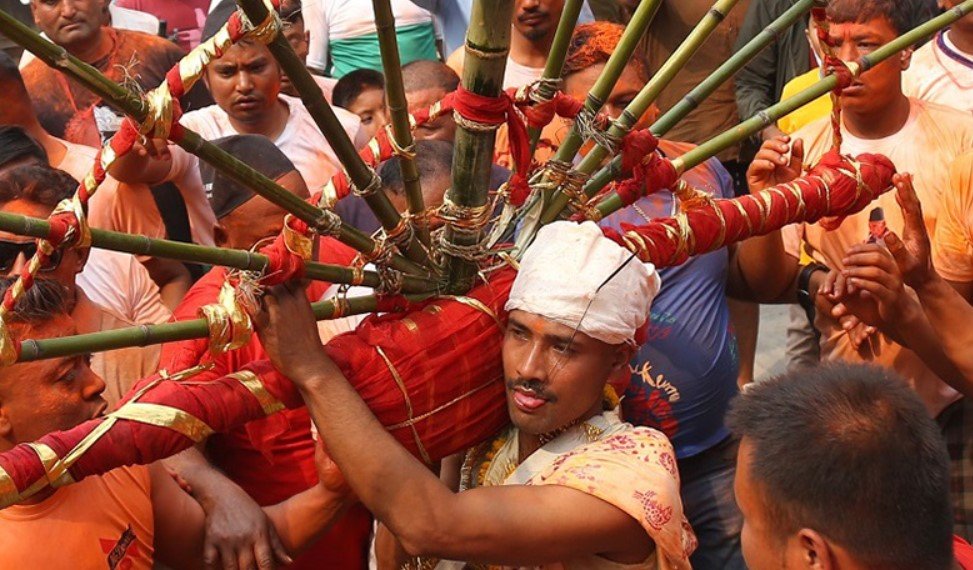
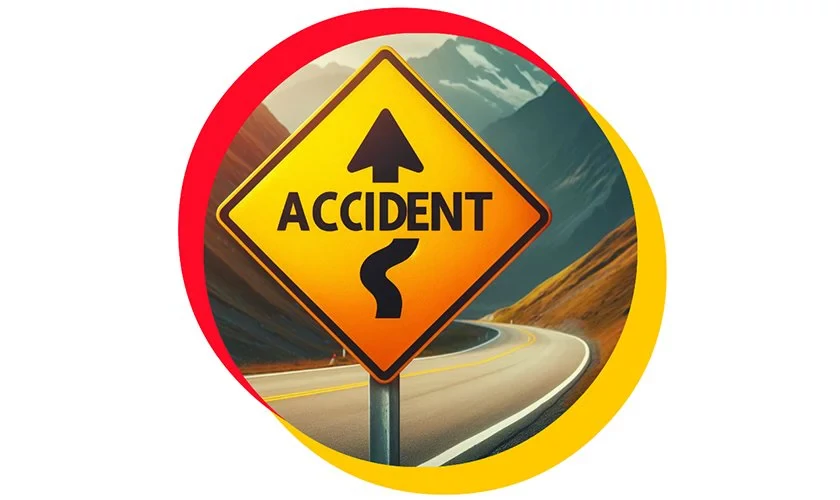


Leave Comment